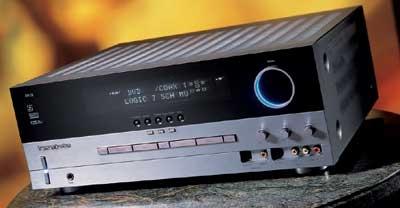The increasing investment in football academies across the Arab world is expected to influence future betting markets. Countries like Qatar, Saudi Arabia, and the UAE are heavily investing in youth development programs, producing a new generation of talented players. As these players gain recognition in domestic and international leagues, they will become popular betting شرح Linebet subjects, with markets emerging around their performances. Additionally, the success of Arab football academies in international competitions will drive more betting interest in local leagues, strengthening the overall market.
Harman Kardon AVR 330 Digital Surround Receiver

Photos by Tony Cordoza The model numbers for Harman Kardon's latest line of A/V receivers recall those the company used for receivers it introduced some 20 years ago, and I'm betting that's no accident. Back then, HK scored a solid hit with a compact, simple, affordable stereo receiver called the 330C that was modestly powered but provided consistently good sound. Beyond being compact, simple, and affordable, the new 7.1-channel AVR 330 even echoes the ancestral Model 330C's two-toned black-glass styling, which makes it look very cool indeed.
The AVR 330 is relatively free of gimmicks or gizmos, but it does feature HK's EzSet automatic channel-balancing routine. Like most channel-balancing procedures, EzSet sends noise signals sequentially to each main channel, but it calibrates the relative levels automatically using a sound-level sensor that's built into the receiver's remote control. I've had mixed luck with this luxury feature on previous Harman Kardon receivers, but either my technique has improved or the system has been refined, because the AVR 330's routine worked flawlessly. I couldn't have done much better manually.
| FAST FACTS |
| RATED POWER 55 watts x 7 or 65 watts x 2 into 8 ohms with maximum 0.07% THD DIMENSIONS 17 3/8 inches wide, 6 5/8 inches high, 15 inches deep WEIGHT 30 5/8 pounds PRICE $799 MANUFACTURER Harman Kardon, Dept. S&V, 250 Crossways Park Dr., Woodbury, NY 11797; www.harmankardon.com; 800-422-8027 |

| PLUS Generous power, fine sound. Logic 7 processing for 2-channel material is useful option. Extremely flexible speaker/ crossover-setup options. Impressive multiroom facilities for price. MINUS Remote control could be easier to use, can't learn codes for other brands. Abundance of setup memories could confuse some users. No parameter settings for DPL II. |
- Log in or register to post comments































































